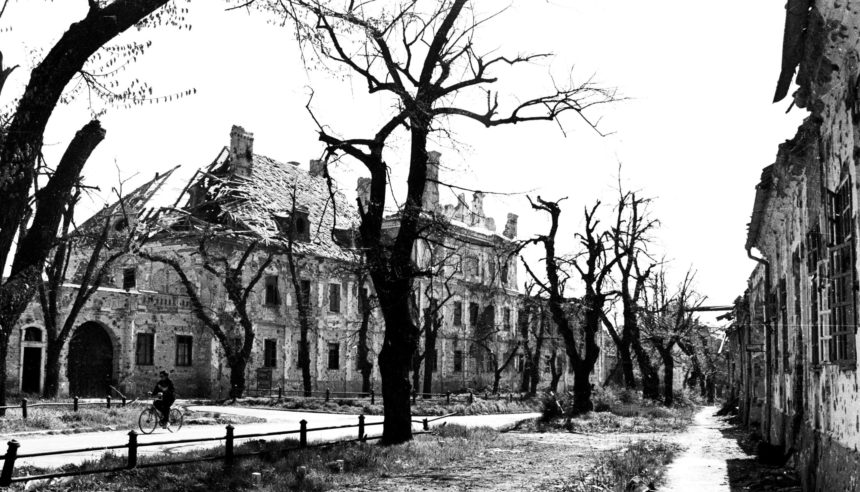From extreme beliefs to actual violence: research into terrorist suspects

Thursday 8 February, Thijs will defend her PhD thesis at the Auditorium, Vrije Universiteit Amsterdam. More information or join the live stream.
This dissertation addresses the question of what factors and processes explain pathways of individuals with extreme beliefs towards different outcomes, including violent actions (e.g., murder), nonviolent actions (e.g., recruitment), or alternative outcomes (e.g., joining a terrorist organization abroad). The research is based on terrorist suspects in the Netherlands and utilizes a mixed-methods approach. The theoretical background of the research is formed by insights from social control theory, life course criminology and terrorism literature, examining risk and protective factors, triggers (events that accelerate or stop radicalization processes), the concept of “redemption,” and the relationship between terrorism and a criminal past. The aim is to generate more knowledge about terrorist suspects in general and differences between subgroups by using comparison groups.
Subgroups within the Dutch terrorism suspect population
The method for the first section involves analyzing data from the Public Prosecution Service combined with data from Statistics Netherlands and judicial data. The first sub-study quantitatively compares terrorist suspects with regular suspects and siblings, examining various life-course factors one year before the terrorist crime. The next sub-study distinguishes between violent and nonviolent terrorist suspects and addresses demographic characteristics, household composition, socioeconomic status (SES) and criminal background. The second section analyzes probation files from the Dutch Probation Service. Possible signs and triggers leading to the terrorist suspicion, different life domains (socio-demographic characteristics, social network, health, and personality-related variables), criminal history, and online activities are mapped using descriptive statistics and qualitative interpretation. This section first compares violent to nonviolent terrorist suspects, and concludes with a chapter on foreign fighters.
Important findings
Findings in the first sub-study indicate that terrorist suspects share more similarities with other suspects than with their siblings, emphasizing the importance of studying protective factors. The next sub-studies highlight that there are more similarities than differences between violent and nonviolent terrorist suspects, however, differences were identified regarding social bonds, online activities, mental health, and SES. The last sub-study focuses on foreign fighters, noting the role of radical social contacts and the online environment in becoming a foreign fighter.
The general discussion emphasizes the need for attention to lacking social bonds (e.g., being less often married), also in relation to subgroups. Furthermore, radical contacts, online activities, socioeconomic factors, and criminal history are discussed. Radical contacts and online activities related to the terrorist suspicion play an important role in the trajectories of terrorist suspects, especially for violent terrorist suspects and foreign fighters. In terms of SES, terrorist suspects in general (compared to their most akin sibling), and violent terrorist suspects more than nonviolent terrorist suspects, regularly have a relatively low SES. The findings also paint a broader picture that nonviolent and violent terrorist suspects may cope with (internal) hardship or profound events in different ways. Lastly, a substantial part of the terrorist suspects had already been suspected of crime prior to their terrorist suspicion. In contrast to similar comparison studies, which found that having a criminal past was associated with a violent outcome, this dissertation found no striking differences between violent and nonviolent terrorist suspects in that regard.
Terrorism prevention and intervention
Regarding prevention and intervention efforts, encouraging social contact with non-radicals is important, as is addressing online activities and preventing criminal involvement at an early age. Limitations of the study include potential biases in the used data sources and the focus on individuals who have come into contact with law enforcement. Future research should include a broader range of factors (e.g., self-control) and levels (e.g., group level), and would benefit from including interviews with terrorist suspects and data from other countries. Finally, based on the heterogeneity within the terrorist suspect population, tailor-made approaches are needed to continue effectively tackling the phenomenon of terrorism.
Publication details and further reading
Thijs, F. (2024). From extreme beliefs to actual violence: A mixed-methods study into terrorist suspects. NSCR/VU.
Actuele berichten

